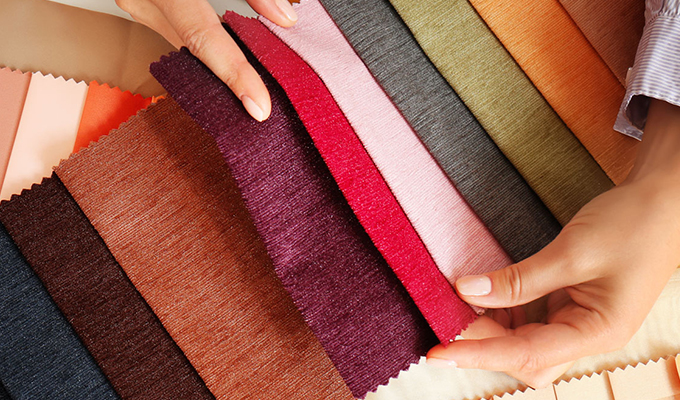French Terry fabric is a double-sided knitted fabric that has a unique structure and characteristics compared to conventional knitted fabrics. It consists of two layers of fabric, one is a smooth base fabric, and the other is a surface layer with pile facing outward. This design gives French Terry fabrics a variety of properties:
Weaving and structure: French Terry is produced using wrapping machinery or knitting machines, usually using cotton fiber, but can also be made of polyester fiber, modal and other materials. Its unique weaving creates a special structure with pile on one side and smooth on the other.
Breathability and Comfort: Due to its loose weaving method, French Terry fabric has good breathability and allows air to circulate, so it is suitable for wearing in various seasons, keeping warm and comfortable.
Hygroscopicity and quick-drying: Its cotton material gives French Terry good hygroscopic properties, able to absorb and discharge sweat, keeping the wearer dry and comfortable.
Softness and comfort: Due to the presence of velvet, French Terry fabrics feel soft to the touch and are ideal for making casual clothing, sportswear, and homewares.
For example, in the apparel manufacturing industry, French Terry fabrics are commonly used to produce sportswear, hoodies, sweatpants and comfortable loungewear. Its comfort and versatility make it popular in the fashion and leisure markets.
2. Supplier’s roles and responsibilities
French Terry fabric suppliers play a key role in the industry, and their responsibilities cover many aspects:
Fabric R&D and production: Suppliers are responsible for using advanced textile technology and processes to produce high-quality French Terry fabrics, and continuously conduct research and development to meet market demand.
Quality control: Ensure that the quality of fabrics meets industry standards and undergo inspection and verification through strict quality control procedures to ensure product quality.
Customer cooperation and support: Work closely with customers to understand their needs and provide customized solutions and support to meet their specific product requirements to establish long-term and stable cooperative relationships.
Technological innovation and trend tracking: Pay close attention to the industry's technological innovation and market trends, and continuously improve fabric design, performance and production efficiency to maintain competitive advantages.
For example, suppliers may invest money and resources in research and development to develop more environmentally friendly, high-performance French Terry fabrics to meet market demands for sustainability and comfort. At the same time, we actively cooperate with brands to provide customized fabric design and services to meet the specific needs of different customers.
3. Industry development trends
Sustainability and environmental protection: Consumer demand for sustainable products is increasing, and suppliers may adopt more environmentally friendly production methods and materials, such as using organic cotton or recycled fibers.
Technological innovation: With the continuous advancement of science and technology, new textile technologies and processes will emerge, which is expected to improve the performance, quality and production efficiency of French Terry fabrics.
Increased demand for personalization and customization: Consumers are more pursuing personalization and uniqueness, and suppliers may provide more customized fabric choices to meet the needs of different brands and consumers.
Global market and supply chain optimization: The global market makes suppliers face more international competition and cooperation opportunities, so optimizing the supply chain and improving production efficiency will become crucial.

